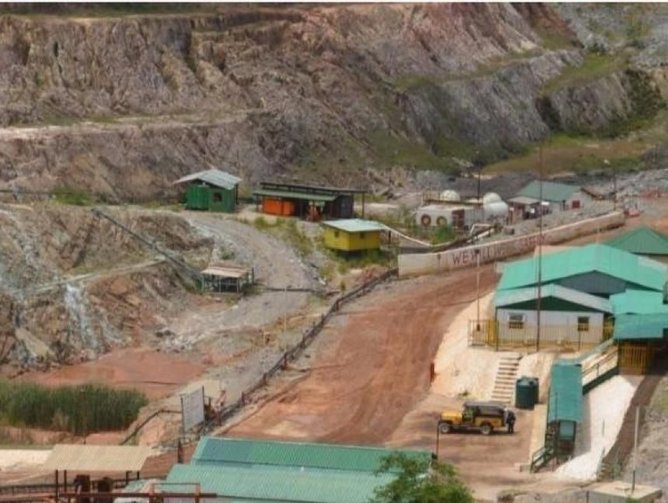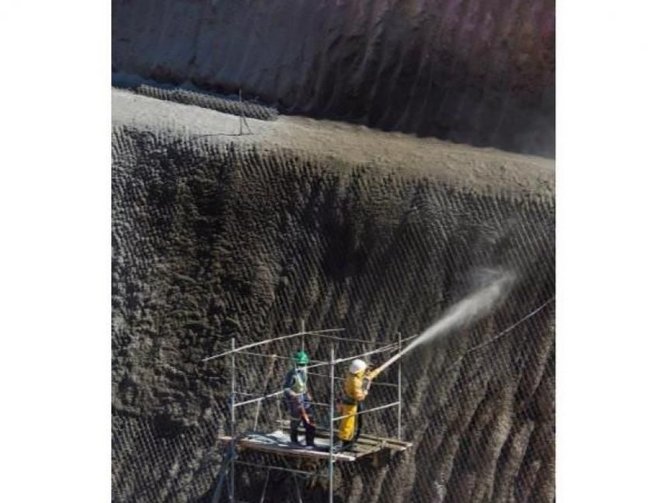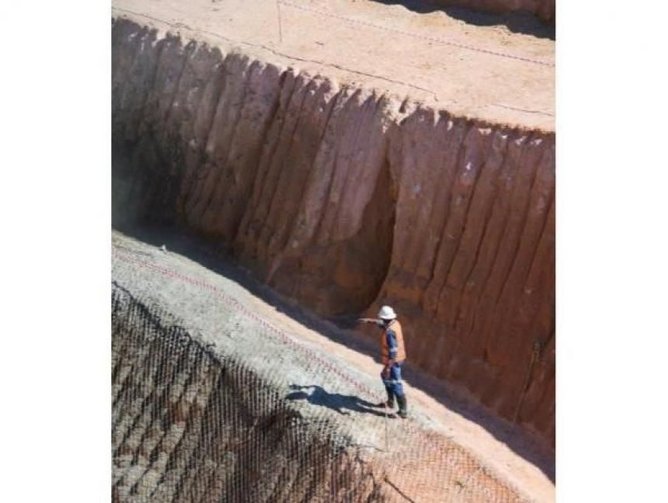The Chibuluma mining area, located south of Kitwe in Zambia, is often referred to as a ‘model mine’ operation in Zambia. This is a result of significantly high copper grades, higher than any other mine in the country, a commitment to Corporate Social Responsibility (CSR) that is unrivalled, and a financial model that not only brings shareholder value but consistently pays taxes into the Zambian Government.
The reality facing Chibuluma Mines right now is that the company is staring the end of the life of mine right in the face. Chibuluma, currently, has only four years left on its life of mine. Chibuluma Mines has invested around $32million in exploration activity since 2010 in the hope of finding new resources and opportunities to extend that life of mine.
Jackson Sikamo, Chairman and Country Manager at Chibuluma Mines, a Metorex Subsidiary, admits that the company hasn’t discovered a significant operation just yet, but it’s not all doom and gloom.
“Despite this, we’ve actually been able to extend the current ore body that we have right now. The fact that we have four years left comes from the exploration work we’ve been doing,” he says.
A model mine?
To be a ‘model’ in any industry is no small feat, but in the mining industry it’s a monumental achievement. This is a feeling shared by Sikamo, who admits that despite the mine contributing less than two percent of the country’s copper production, there is no mine like Chibuluma.
“In terms of efficiency, good governance, stewardship and the contribution to the community, Chibuluma stands tall above any other mine,” he says.
Mining in Chibuluma has been ongoing since 1955, with Metorex acquiring the mine in 1997. The development and transformation of the mine into the model operation that it is today began in late 2006. During that time, Chibuluma experienced success after success, with production levels increasing year on year from 10,000 tonnes in the first year until it reached a peak high in 2013 when the mine produced 18,124 tonnes of copper which is to date the highest amount of production.
Come 2014, the copper grades began dropping but Chibuluma continued to produce significantly high amounts of copper ore at 604,000 tonnes – the current annual highest production from the ore body.
So where does Sikamo enter the fray? His introduction as General Manager in 2013 in itself is a major contributor to the significance of the Chibuluma mine.
“I was the first Zambian General Manager of an operating mine since privatisation started in Zambia back in 2000,” he says. “That’s a major success for a foreign investor who places a level of trust in the abilities of the Zambian people.”
That foreign investment comes in the form of Jinchaun Group, a Chinese state owned mining company. Jinchaun Group acquired Metorex in 2012 and Sikamo points to that foreign ownership as not only a key success, a major foreign conglomerate investing in Zambian mining, but a major contributor to the livelihood of Chibuluma through the provision of additional resources.
The challenge in commodity
In the mining industry, navigating the challenges presented by commodity price cycles is fundamental. Since 2011, the price of copper has continuously fallen and reached its lowest price in January 2016.
This led Sikamo to pull together a major restructure program, a five-point program that would allow Chibuluma mines to continue to be a successful operation in spite of the difficult commodity cycle.
“We looked very strongly at working to get every operation working above cost line,” says Sikamo, “from restructuring the management of mining enforcement, reviewing and reorganising employees and productivity levels to the cost of expenditure with specific regards to safety and of course equipment management.”
Throughout 2015 and into mid-2016, Chibuluma focused on controlling the costs and ensuring every aspect of the business was operating at optimum levels, and it is through this razor-sharp focus that Sikamo can happily report that 2016 proved to be extremely successful regarding copper production and reduced losses.
Workforce opportunities
The success of Chibuluma has come not only from the major internal restructure but also each and every employee of the company. From the mine workers operating the machinery to the project managers to the executive level leadership teams, the input of each employee is crucial to the future success of the company.
In Zambia, a major challenge in this regard is skills development, with Sikamo admitting that skills at an artisanal level are difficult to obtain.
This is where the investment of Jinchaun has also benefitted the operation. Chibuluma currently has a direct labour force of 340 employees. Only 11 of these employees are expats, employed at various levels but largely in key management positions and equipment maintenance. This is very much a deliberate choice for Sikamo.
“We are looking at getting the maximum benefit of these expats in terms of output but also using this workforce to be able to train our local employees,” he says.
This mentality extends further to the many mining contractors that operate at Chibuluma. One particular contractor has 15 expat employees, again with the same focus on enriching the Zambian workforce.
“These expats are here to ensure the improvement of productivity and ensuring key skills are being passed on to the local employees so that in the near future, we can have a full Zambian workforce,” Sikamo says.
Across the industry mining operators are dedicated to hiring local where possible, but Sikamo admits that while this is the case with Chibuluma, there is a clear strategic roadmap with regards to employing both expats and Zambian locals. This strategic roadmap allows Chibuluma to operate without compromising on productivity and efficiency.
Above and beyond
Through its leadership and management, copper production and the provision of working opportunities for Zambian people, one could argue that this is enough to justify Chibuluma’s status as a ‘model-mine’.
But for Jackson and Chibuluma, it is the commitment to enriching the local community and Zambian economy that truly cements the company’s place as a good corporate citizen. Chibuluma is consistently working to provide training, education and better healthcare facilities.
This has involved developing and extending a local school in order to better provide for students and teachers, including provision of power. This has seen the school capacity extend from 46 students and two teachers in 2010 to over 900 students and 50 teachers currently.
With the life of mine entering its final stages, Jackson does not see the end but four more years of opportunity. Through the continued support of Jinchuan, Chibuluma will continue its exploration activities in the country.
“We have the skills, the successful lean running of the company and the people to continue well beyond those four years,” Sikamo says.
Mining operations have been in place at Chibuluma for over 50 years and through years of hugely successful redevelopment, looks set to continue long into the future.



















